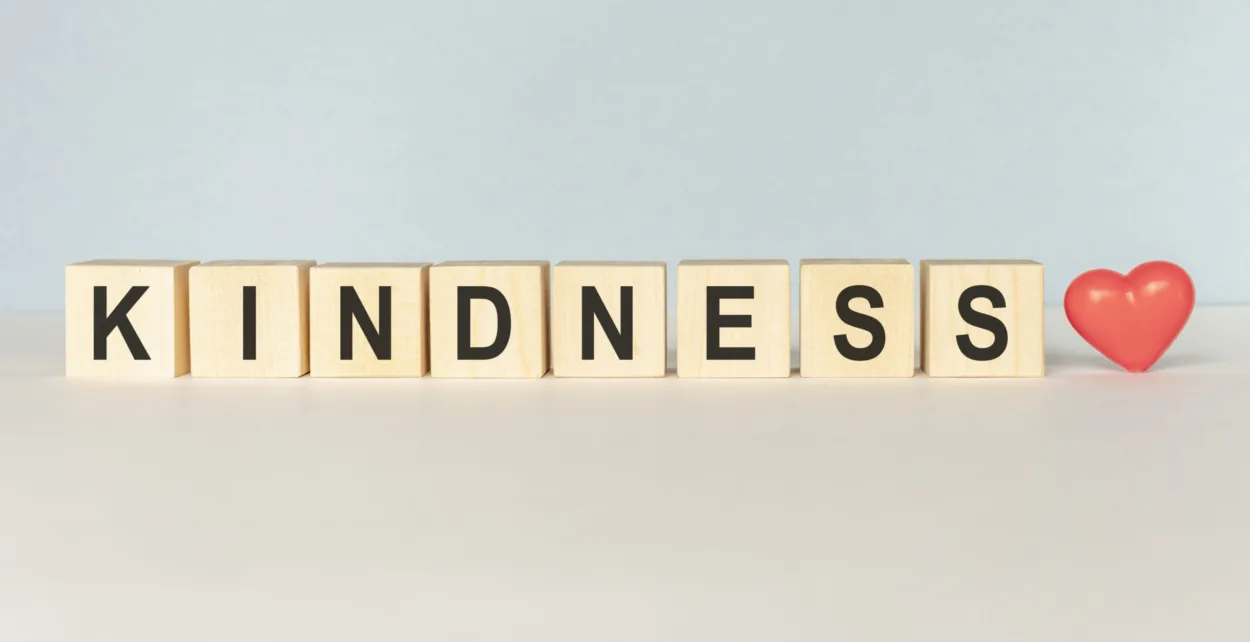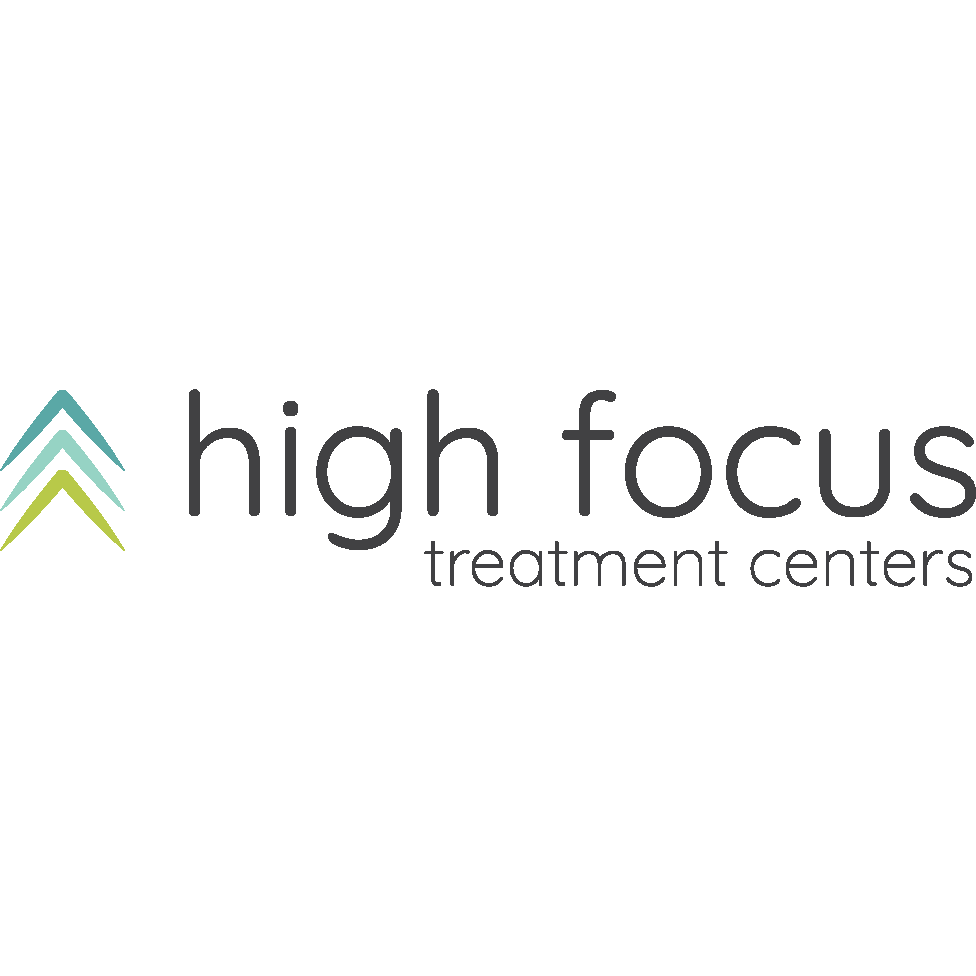
The teenage years are some of the most intense developmental years of the brain. This period is when the majority of mental illnesses develop, as well as when the brain is most vulnerable to undergoing significant damage from substance use.
It’s not uncommon for teens to suffer from mental conditions such as depression or anxiety and then turn to substances in an attempt to cope with the symptoms of their poor mental health. This is what’s called a co-occurring disorder.
Co-occurring disorders in adolescents — also known as comorbidity or dual diagnosis — are when drug abuse and mental disorders are simultaneously present in a teen.
In this article, we’re going to discuss the different effects of bullying on teenagers, and pay specific attention to exactly how bullying can cause co-occurring disorders in adolescents.
Teen bullying
Our teenage years can be rough. Between puberty, social pressure, greater expectations from loved ones, not to mention “real life” changes such as getting a job, preparing for college, or preparing to move out, it can be an intense, overwhelming time.
For the children who experience abuse or some other form of trauma, in addition to the standard teenage challenges, they often develop several dysfunctional behaviors in an attempt to cope with what they’re going through.
One of the most common manifestations of adolescent pain is through teen bullying.
What can bullying cause?
Bullying can take many forms, including physical, verbal, social, sexual, spiritual and cyber.
It can cause a wide range of effects on the receiver, depending on the frequency and intensity of the bullying, as well as personal factors such as the state of the person’s mental health.
Some of the effects of bullying include:
- Post-traumatic stress disorder (PTSD)
- Depression and anxiety
- Loneliness and isolation
- Feelings of fear, paranoia, or being unsafe
- Avoidance of social activities
- Suicidal thoughts and behaviors
One of the most common — and dangerous — effects of bullying is the development of co-occurring disorders in adolescents.
Bullying and substance use
Co-occurring disorders are when a mental health disorder and substance use disorder are simultaneously present in an individual.
Sometimes a mental health disorder leads someone to turn to substance use as a coping mechanism, and other times, someone without a mental health disorder might develop one as a result of their addiction. It’s not black and white — one does not always lead to the other, though they are often interconnected.
For teenagers who are experiencing bullying, the deterioration of their mental health is typically what happens first. Regardless of what type of bullying they’re experiencing, it takes a toll on one’s mental health.
Not receiving the proper help as the victim of bullying can lead a teen to substance use as a coping mechanism. This help isn’t always professional, sometimes it can just be a teen confiding in their parents about the issue at hand. Whether a lack of professional or familial help, the state of their mental health will deteriorate, leading to dangerous avenues to cope with being bullied
The Addiction Center released the below bullying and substance use statistics.
More than 60 percent of children are bullied (though that percentage is expected to be much higher, considering how many bullying instances go unreported).
Over 1,000,000 children dropout of school every year due to the extremity of bullying.
There are over 500,000 suicide attempts every year in relation to adolescent bullying.
Over 5,000 suicides are committed annually, as a direct correlation to the bullying they endured.
Bullying is nothing new, but in recent years, it has skyrocketed. There are many speculations as to why bullying has increased, both in commonality and severity. One of the leading factors is believed to be the rise in technology — most notably, social media.
When in doubt, reach out
Many teenagers withdraw from their parents, which can make it even more difficult to identify exactly what they’re struggling with. When they don’t confide in you, it can be difficult to know what to do next, but we’re here to help you and your child.
If you suspect your child is suffering from bullying, a mental health disorder, a substance use disorder or co-occurring disorders, send us a confidential message today.
The Light Program offers structured outpatient programs that are designed to help you through whatever challenge you’re going through right now. Maybe you’re struggling with depression, anxiety, or PTSD; maybe you’ve experienced job loss or the death of a loved one; maybe your teenager has developed unhealthy coping mechanisms as a result of bullying.
Whatever challenge you’re facing, our compassionate team is here to walk with and support you through every step of your journey to recovery and healing.
To learn more about which of our programs are the best fit for your teen, call us today at 610-644-6464.





